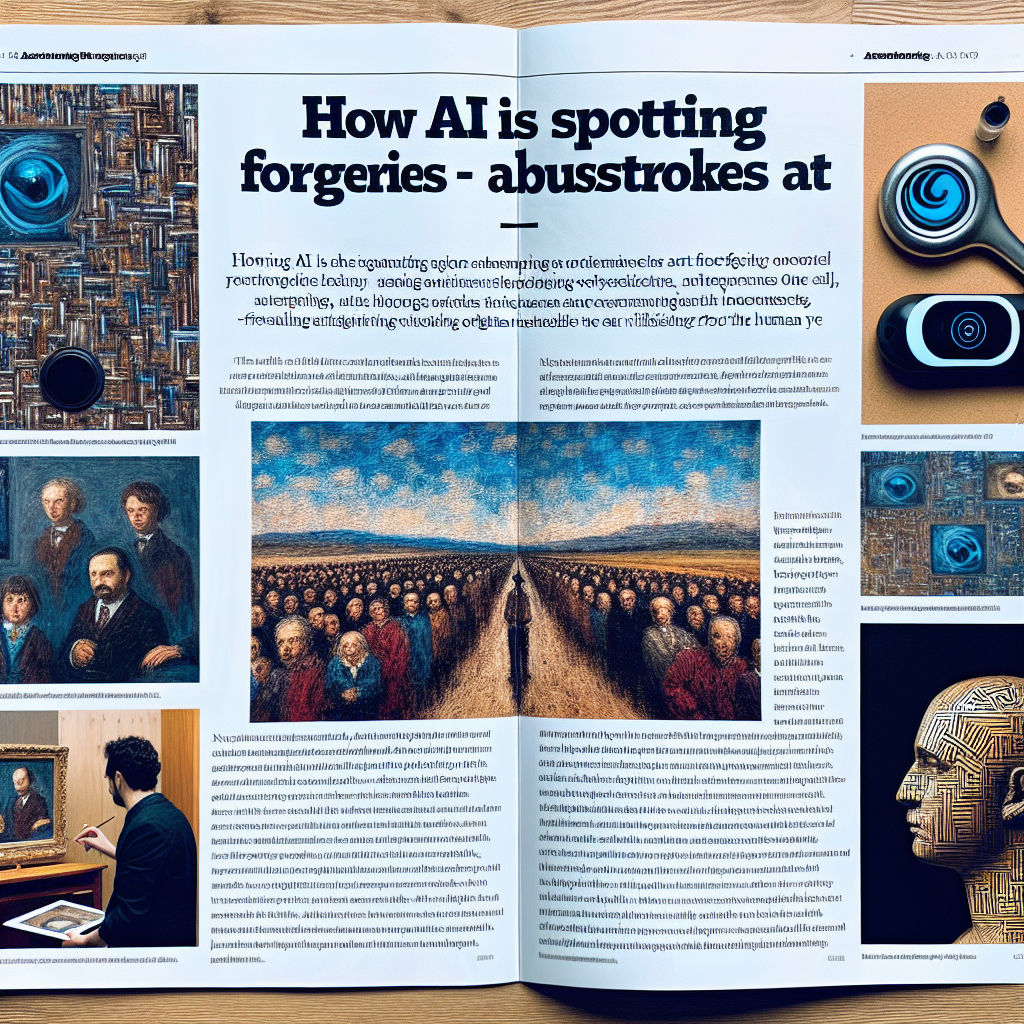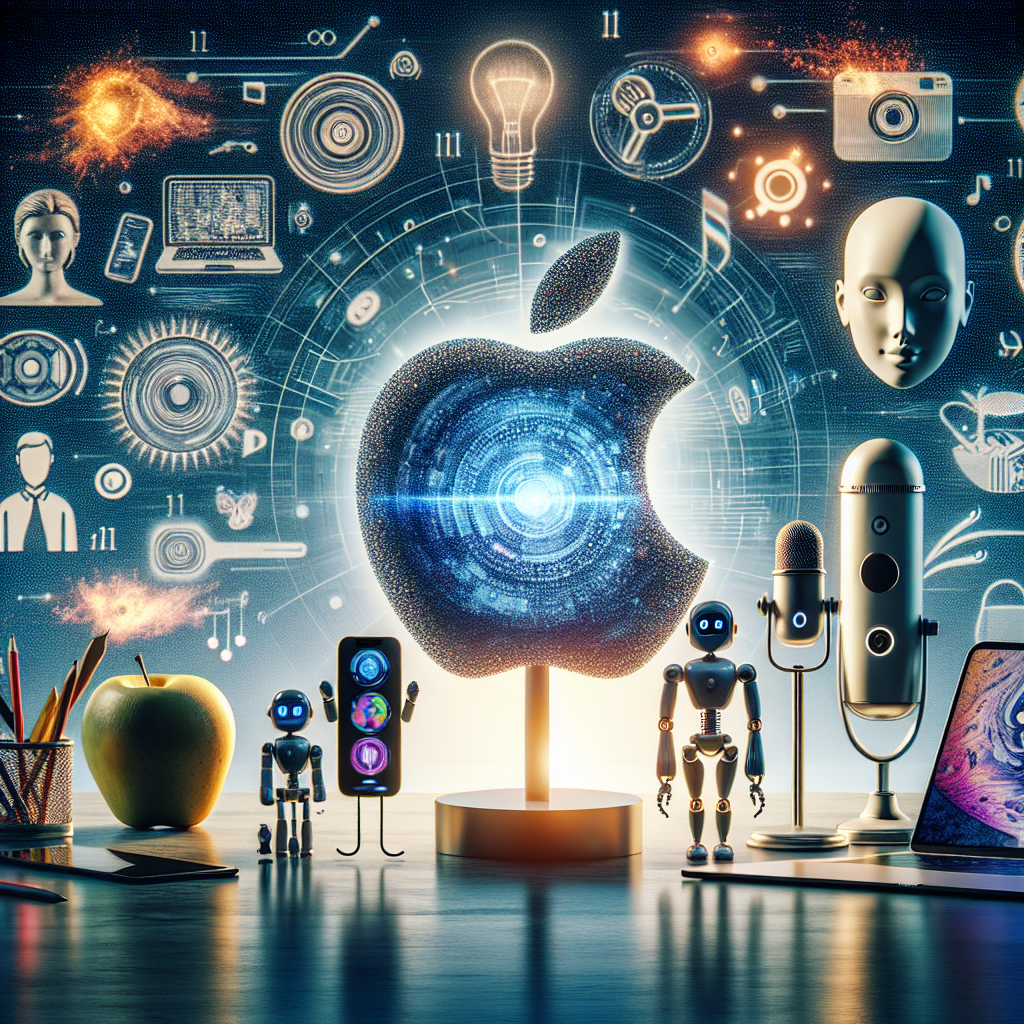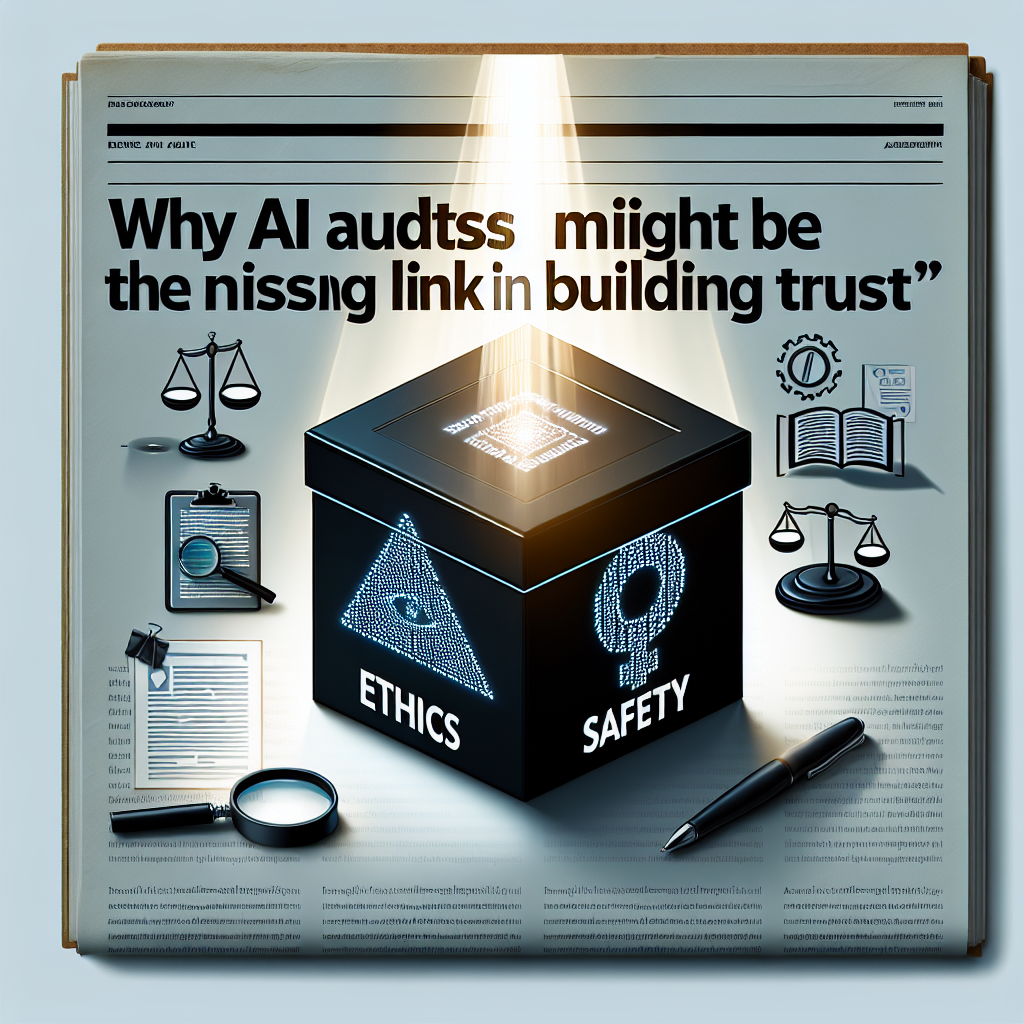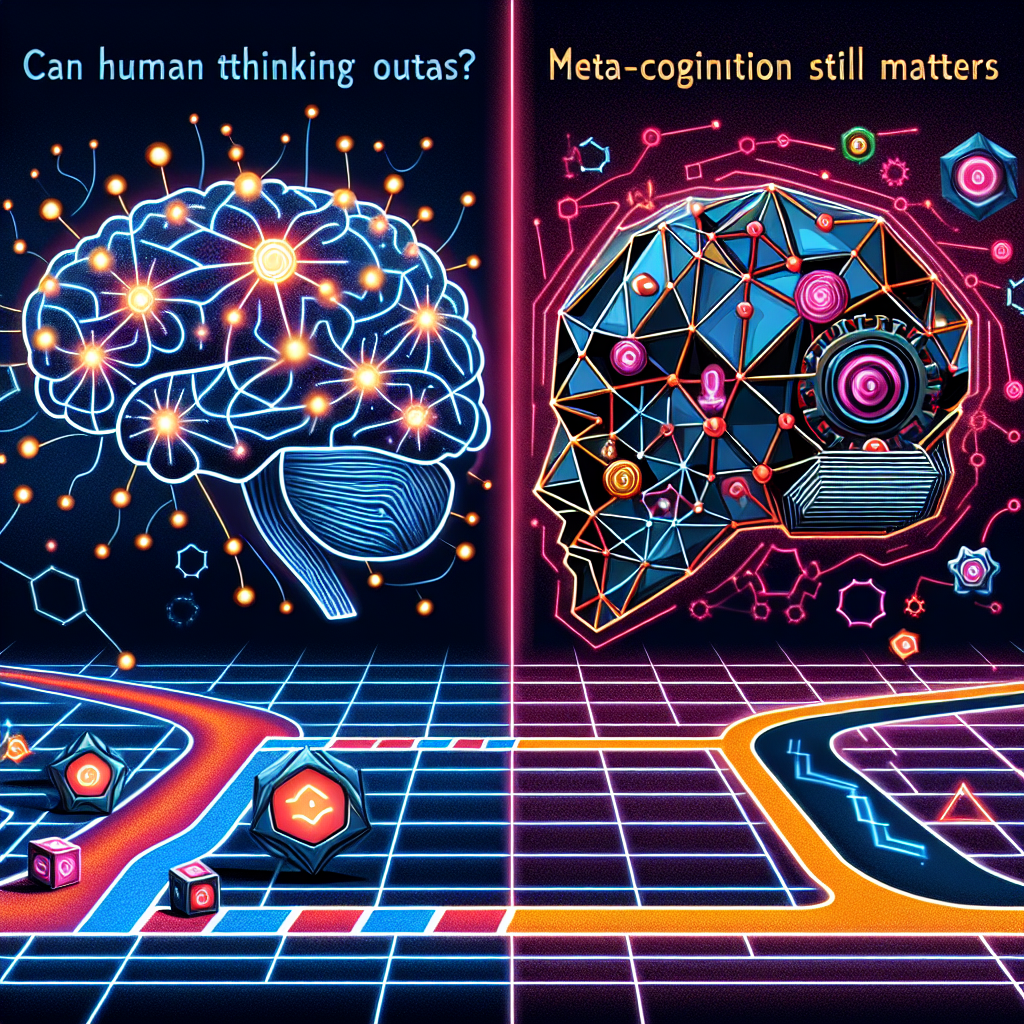AI tools are now solving mysteries that once took years. Here’s how they’re protecting the legacy of Norval Morrisseau and reshaping the art world.
The Art of the (Fake) Deal
Canadian artist Norval Morrisseau, hailed as the founder of the Woodland School of art, left behind more than paintings — he left behind a legacy that has been under threat from a flood of forgeries. For years, experts labored over each canvas, analyzing signatures, paint textures, and historical context to sort the real from the fake.
Enter AI: No Paintbrush Required
Researchers at the University of Victoria are flipping the script. They’ve developed artificial intelligence tools that analyze brush strokes and geometric patterns unique to Morrisseau’s work. These algorithms are trained on verified artworks, learning not just how Morrisseau painted, but how he didn’t paint.
One of the most promising tools developed applies robotic vision to scan subtle variations in texture and technique, revealing inconsistencies invisible to the human eye. What used to take weeks of analysis can now happen in a matter of hours.
More Than Just Morrisseau
This technology isn’t limited to one artist. The techniques developed for Morrisseau’s work are paving the way for broader applications in the battle against global art forgery. Machine learning models can train on different artistic styles, meaning we could soon see AI tools tailored to verify works by artists around the world — from Renaissance masters to contemporary creators.
Why It Matters
Art isn’t just decoration. It’s culture, identity, and history — especially for communities like those Morrisseau represented. By using AI to crack down on forgeries, researchers are helping preserve authenticity, protect artists’ reputations, and bring greater transparency to an industry long clouded in shadows.
And sometimes, all it takes is a machine that knows when a brushstroke looks… just a little off.
“`



